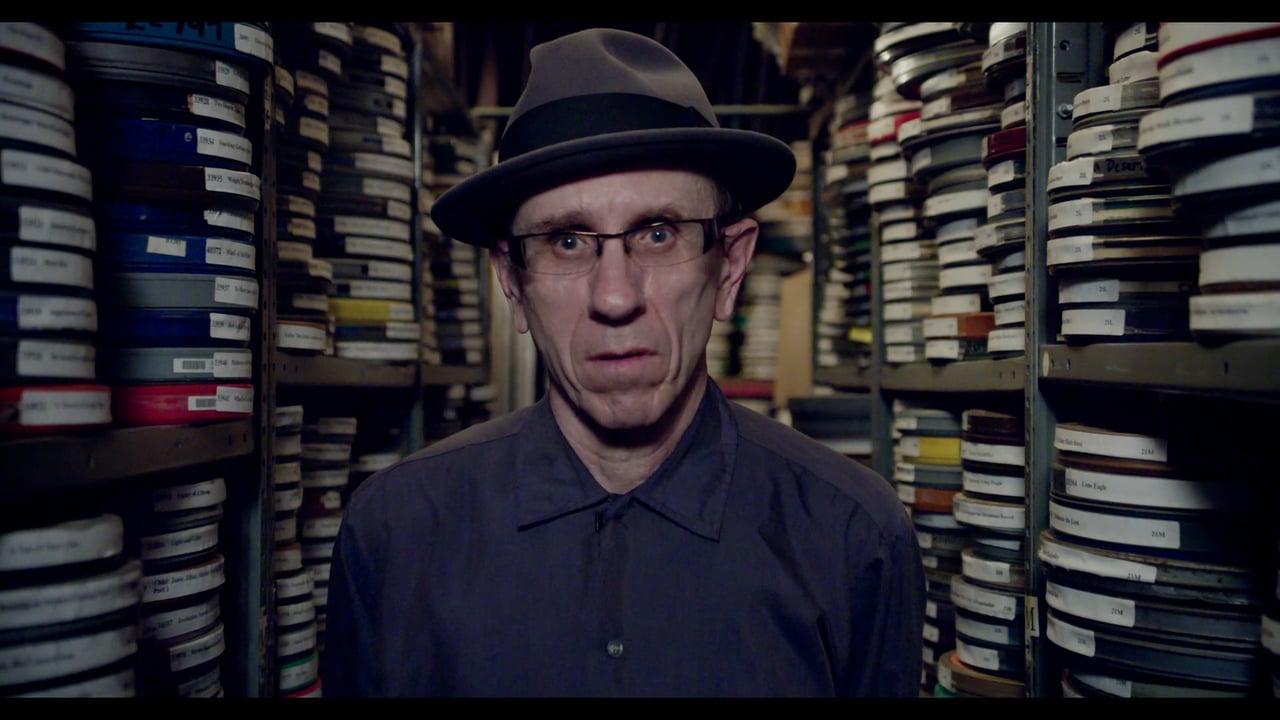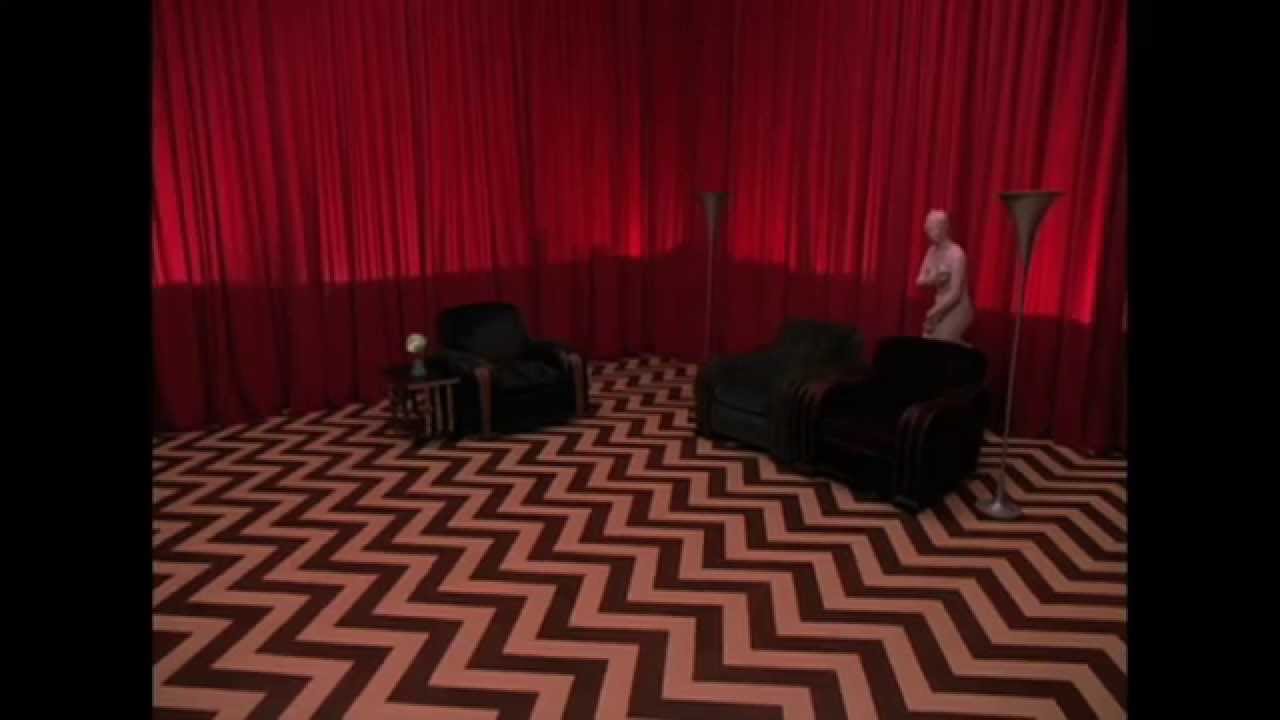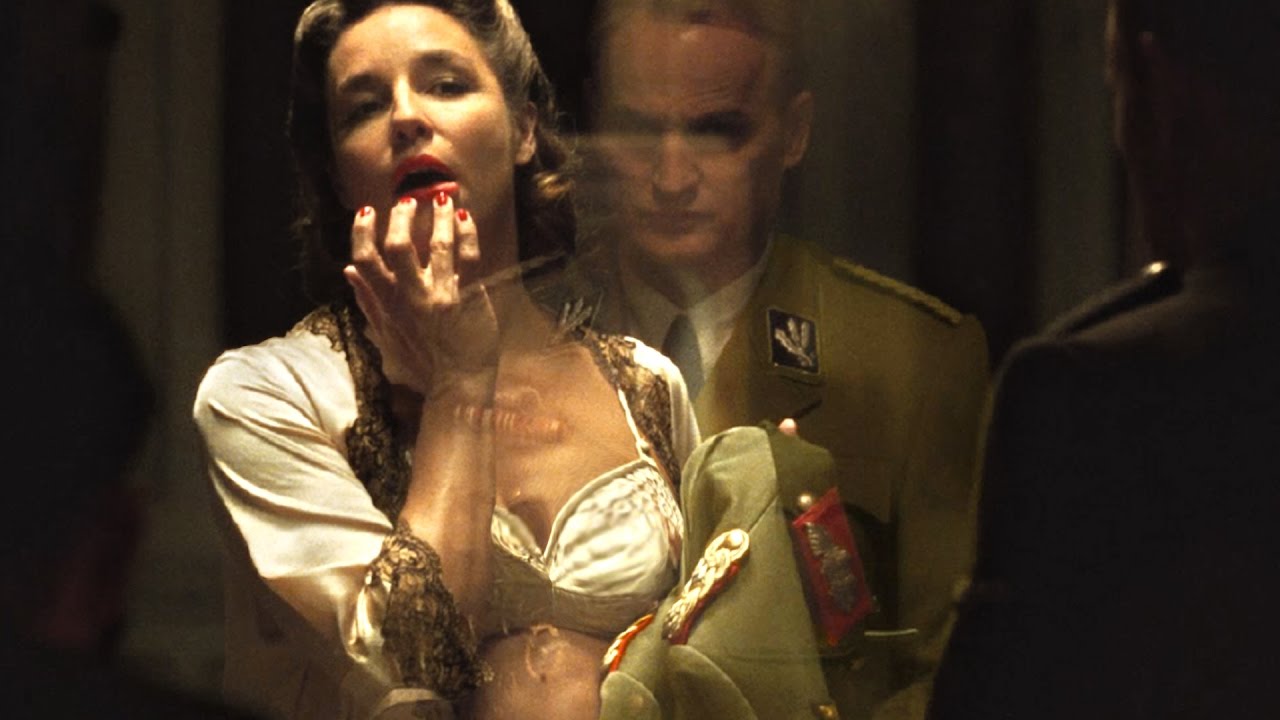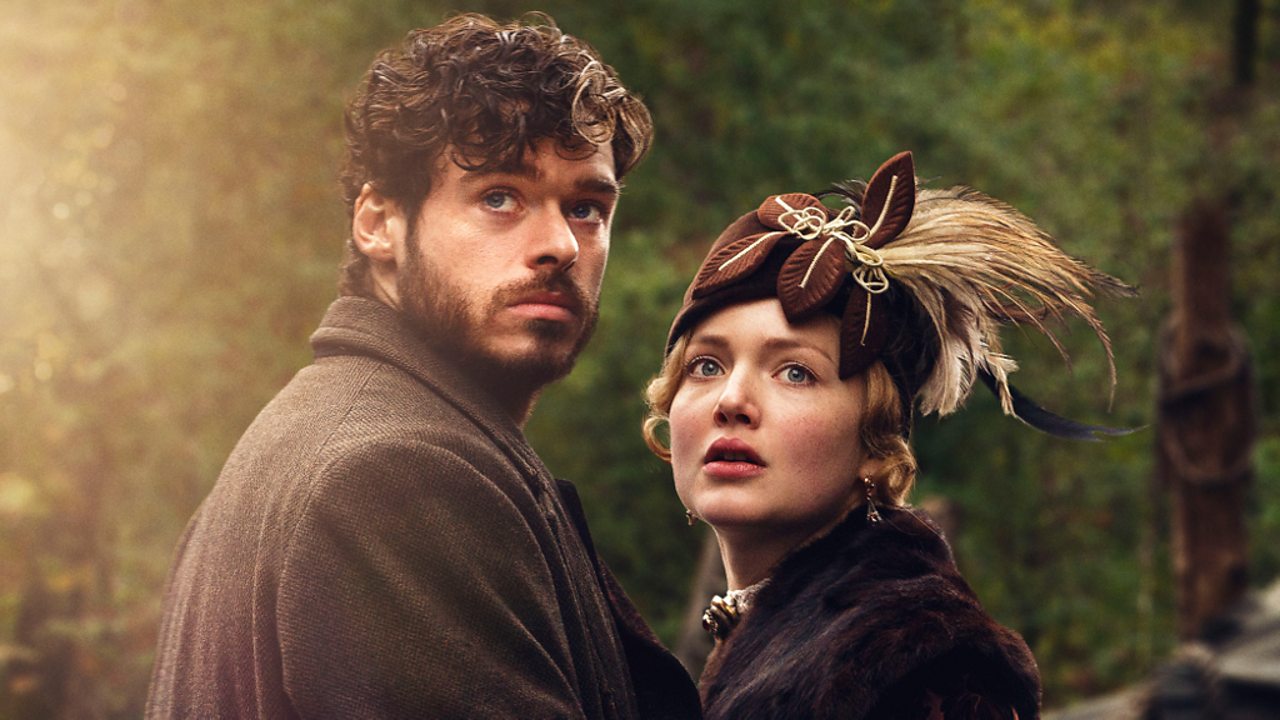Since its founding in 1984, the aptly-named Oddball Films has constituted one of the stranger spaces in the cinema world. An archive as interested in orphan home video, Italian psychedelic cartoons from the 60s, and instructional bumpers about hygiene intended for American classrooms as any neorealist classic or lost masterpiece, it was the brainchild of Stephen Parr, who passed away on October 24th.
Commentary
Last week, I checked back in with the Twin Peaks subreddit. I was mostly curious to see how the quest for theories was going, weeks after the finally final finale. It was stupid not to realize what I was actually going to get, given the fast-approaching holiday – pages and pages of Halloween costumes, of course (Dale Cooper for anyone who could afford a suit, with some dudes who were probably already halfway to looking like the Woodsmen filling out the rest of their aesthetic).
If I am being completely honest, I can admit this was all my fault.
It was foolish to ever be excited for the film adaptation of Laurent Binet’s HHhH, a metafictional historical novel — but really less a novel and more a journal of the author’s attempts to write a historical novel.
Things Ace in the Hole is: A fantastic movie. A perfect showpiece for Kirk Douglas. One of the tightest scripts Wilder ever wrote, with a perfect first half hour.
Things Ace in the Hole isn’t, really: a cynical satire.
I know this is a bold, slightly preposterous statement, and I suppose I’m framing it more strongly than I need to.
A stranger comes to town with a mysterious past. He’s looking for someone, a Japanese farmer named Komoko, but no one will tell him anything; it’s clear the name brings up dark memories. Some details about him come out: he’s a veteran of World War II, which had recently ended; he’s there to deliver a medal to the father of someone who died saving his life; and he can do karate.
“The universe (which others call the Library) is composed of an indefinite and perhaps infinite number of hexagonal galleries, with vast air shafts between, surrounded by very low railings. From any of the hexagons one can see, interminably, the upper and lower floors.”
In the original text of D.H. Lawrence’s Lady Chatterley’s Lover, first published privately in Italy in 1928, the word fuck appears 26 times.
He first comes on the scene as one of the upper-class Lord Chatterley’s friends entertains the company by explaining, while denouncing sexual prudery and praising free love (with restraint), that he doesn’t “over-eat [himself] or over-fuck [himself]”; he makes his curtain call in the final moments, when the titular lover tells his now-divorced, disgraced beau that they “fucked a flame into being.”
“All this optimism, all this booming and soaring… Things happen like (snap) bang, this and that, simultaneous. I put out my hand, and what do I feel?” Jay Baruchel delivers these lines at the beginning of Cosmopolis, and it prepares the viewer for what will follow.
For tonight’s matinee, we showcase three films exploiting what might be called Architectural Horror, which is a term I just made up right now and immediately decided to copyright so please don’t use it or I will have to talk to the lawyers.
Although their SNL shorts and music videos are generally cherished by comedy and/or cannabis enthusiasts, the Lonely Island boys haven’t had the best of luck on the big screen. Hot Rod raced through both theaters and the public consciousness, raking in all of $14M at the box office; a few years later, the Jorma Taccone-helmed MacGruber failed to recoup its budget, outpaced, as Matt Singer once pointed out, by Furry Vengeance, “starring Brendan Fraser as a real-estate developer at war with a raccoon.”










